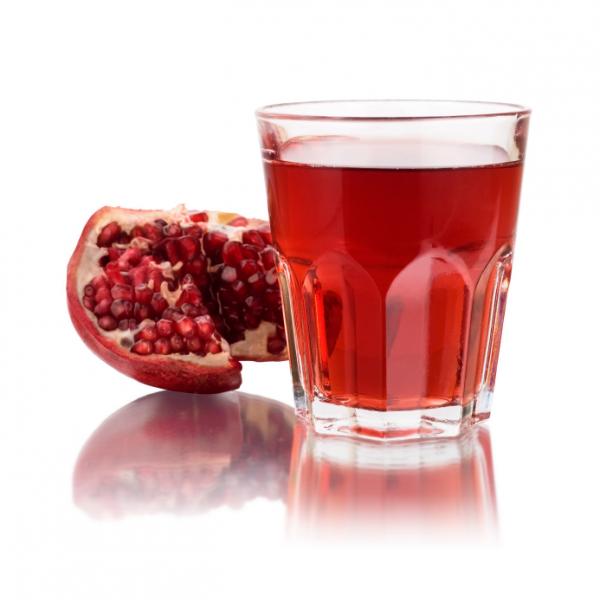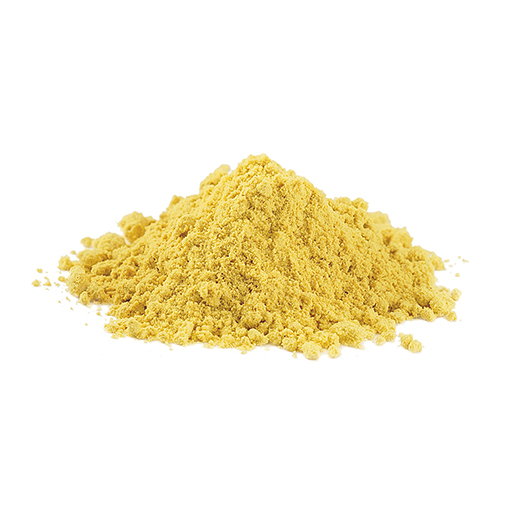Everyday Herbs for Better Health
Here are some simple steps on how to use your everyday Herbs for a healthier you.
ALFALFA (mendicago sativa)
The parts of the alfalfa plant that are used are its leaves. In the Middle East, alfalfa is known as the “father of all herbs.” Alfalfa is one of the most nutritious plants on earth and its leaves are rich in calcium, magnesium, potassium, beta-carotene, vitamins A, B-12, C, D, E and K. Alfalfa has also been found to contain all eight essential amino acids. It even contains fluoride which can help prevent tooth decay. Alfalfa is one of the highest fibrous herbs in existence and we are unable to digest its raw leaves. For centuries, Native Americans ground its seeds to be used as flour or boiled its leaves and ate them like greens.
ALOE VERA (aloe barbadenis)
The parts of this plant that are used are its leaves. There are nearly 200 species of this member of the Lily family, found in African deserts and the islands of Aruba and Barbados. Since ancient times Aloe, recognized as an analgesic, has been used to treat burns. Aloe has also been used to treat other skin conditions such as scrapes, sunburns and insect bites. Aloe is a common ingredient in cosmetics and lotions because it naturally balances the pH of the skin. Internally, it has been used as a mild laxative and studies are being done on the use of aloe to enhance the immune system.
BLESSED THISTLE
Helps strengthen the heart & lungs; increases circulation.
CAPSICUM or Cayenne (capsicum frutescens)
The part of this plant that is used is its fruit. Capsicum or Cayenne, derived from chili peppers, is highly nutritious, containing Vitamin C and B-complex vitamins as well as iron, calcium, and phosphorous. The red color of many chili peppers is due to their high Vitamin A content. Traditionally, chili peppers have been used in condiments to promote digestion and are believed to cleanse the blood. Capsicum has also been used as a gargle to treat throat conditions and research is currently being done on its use as an anti-inflammatory and to relieve sore muscles.
CASCARA SAGRADA or “sacred bark” (rhamnus purshiana)
The part of this tree that is used is its bark. This tree is native to the northwest Pacific Coast and has been used by many tribes of peoples indigenous to this region, stretching from British Columbia to California, as a remedy for constipation and upset stomachs. Cascara Sagrada is known worldwide as one of the best natural mild laxatives.
CHAMOMILE (anthemis nobilis – Roman, matricaria chamomilla – German)
The parts of the chamomile plant used are its flowers. Known as an ingredient in many teas, chamomile is used to relax, aid digestion, relieve headaches and help treat allergies. Chamomile is a popular remedy in France and Spain for gas and cramps of the stomach, to treat colic and to induce sleep. It is also a common ingredient in shampoos and perfumes.
EUPHRASIA (euphrasia officinalis)
Euphrasia (euphrasia officinalis) or eyebright is an herb the name of which comes from the Greek word euphrosyne which means “gladness.” Euphrasia has been used for centuries for various eye problems. It is also used topically, mixed with other herbs to treat conjunctivitis and other inflammations or as an eyewash.
GARLIC (allium sativum)
Garlic cloves have been used for thousands of years and their use has been recorded in ancient Egypt, Greece, Rome, China, Japan, India, Russia and Europe. Garlic was dedicated by Roman soldiers to Mars, their god of war. It has been used to ward off demons. It has been known as “Russian penicillin” and has been used to treat ear infections, cholera and typhus. Known as a natural anti-biotic, garlic was used during both world wars to disinfect wounds. This anti-oxidant is also believed to help lower cholesterol. Garlic contains an antimicrobial agent known as allicin and can easily be added to many foods. Research is now being done on the treatment of cancers with garlic.
GINGER (zangiber officinale)
The rhizome of ginger is used not only as a flavoring for drinks like ginger ale but has also been used as an herbal remedy for asthma and coughs related to inflammation or allergies. There are over 80 species of ginger, historically found in China, Japan, Australia and Hawaii. Ginger has been used to treat nausea, indigestion, cramps, migraine headaches and to lower blood cholesterol and as a cleanser.
GINSENG (panax ginseng)
The part of this plant that is used is the root. Panax comes from the Greek for “panacea” meaning “all healing.” In the Ginseng family there are American, Korean, Chinese and Siberian ginsengs. A Chinese text dating from the First Century A.D. describes ginseng as “enlightening to the mind and increasing the wisdom.” Russian folklore promotes ginseng as a stimulant and immunity booster. Ginseng is believed to enhance physical and mental endurance, increase energy, reduce cholesterol, to support adrenal function, to reduce stress and regulate blood sugar.
GOTU KOLA (hydrocotyle asiatica or centella asiatica)
The whole gotu kola plant has been widely used in India and Fiji to treat skin inflammations, to improve blood circulation, to aid in the treatment of bloating, congestion and depression. A Sinhalese proverb says “Two leaves a day keep old age away.”
HAWTHORNE BERRIES (crataegus oxyacantha)
The parts of the Hawthorne tree used are its flowers, leaves and berries. Rich in bioflavonoids, hawthorne berries have been used for thousands of years in China to treat indigestion and is widely known as a diuretic. Since the 17th century, hawthorne has been used to treat various heart conditions and today is believed to lower blood pressure.
ROSE HIPS
Rose hips are the fruit of a rose that develop after the peddles have fallen. They were used in Britain during World War II to prevent scurvy during a shortage of citrus fruit. Since then, rose hips have been used as a source of Vitamin C and in fact, have up to 60 times the Vitamin C of citrus fruit as well as containing the bioflavonoids that aid in the absorption of Vitamin C. Used to fight infection & curb stress. It is the highest herb in Vitamin C content and contains the entire C-Complex.




